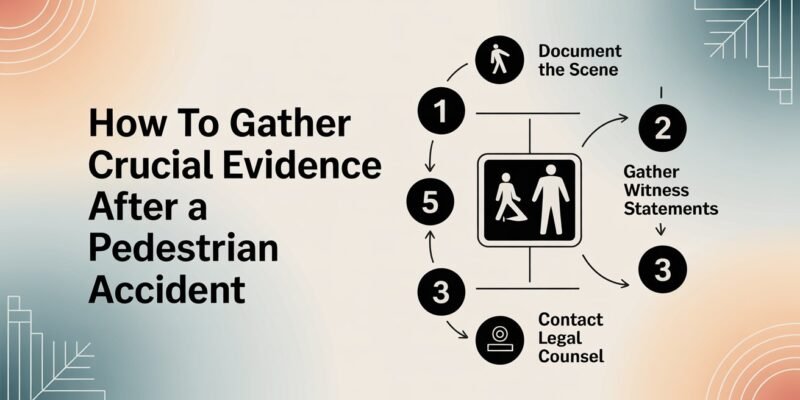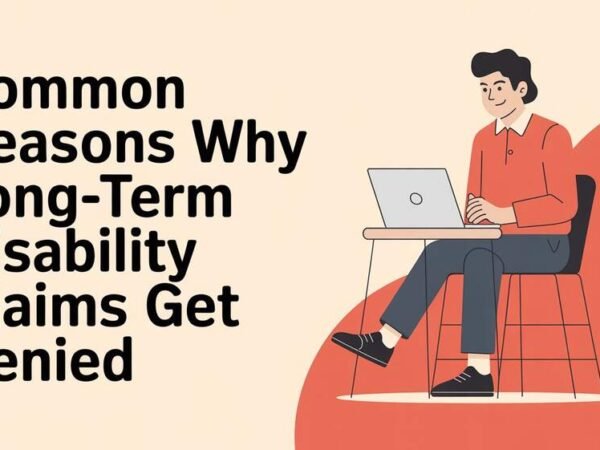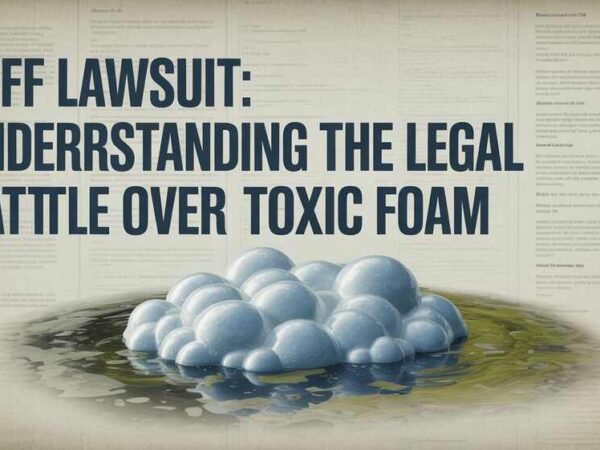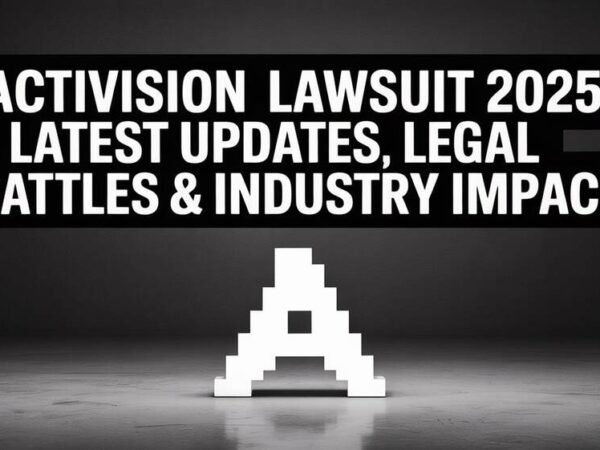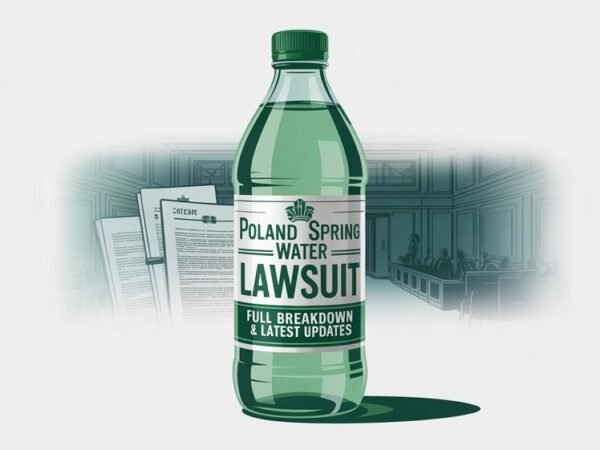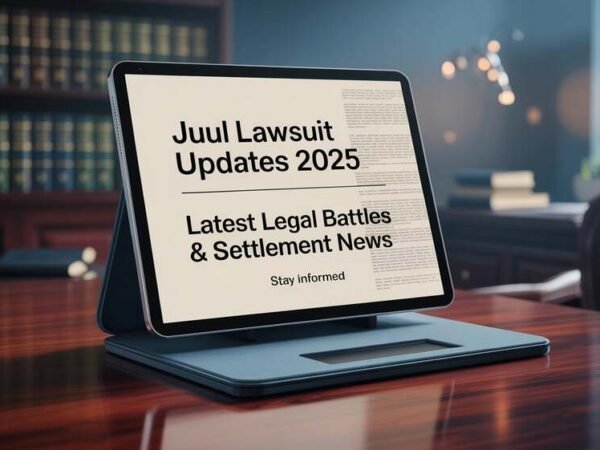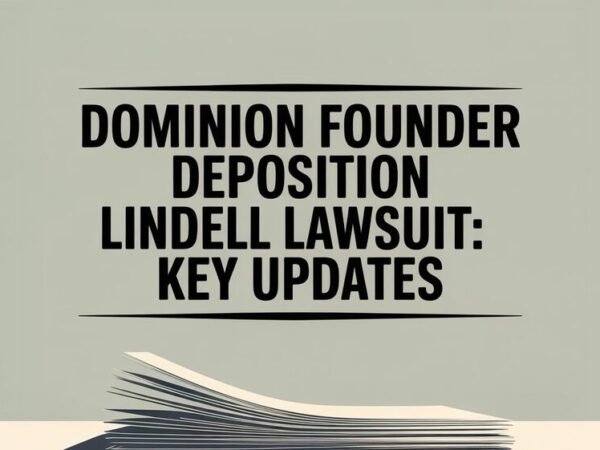Introduction
Being hit by a vehicle as a pedestrian can turn your life upside down in an instant. Beyond the immediate shock and physical pain, the aftermath often brings legal and financial hurdles. If you or someone you care about has been involved in a pedestrian collision, securing and safeguarding evidence promptly is crucial. This material will walk you through the essential steps for collecting the proof you’ll need—whether you’re negotiating with insurers or working alongside the best pedestrian accident lawyer near you to build a strong case.
Notify Emergency Services and Obtain the Official Report
The first step, even if injuries appear minor, is to call emergency services. When the police arrive, they will document the incident in a formal report, noting:
- The exact time and GPS location
- Statements from all parties involved—driver, pedestrian, and bystanders
- Officer’s on‑scene observations about fault indicators
- Road, weather, and lighting conditions
- Any citations or warnings issued
Once available, request a certified copy of this report, as it will become the cornerstone document for insurance adjusters and your legal team.
Visually Document the Scene Immediately
Time is of the essence: evidence on public roads can vanish quickly. If possible, use your phone or have someone assist you in capturing:
- Clear shots of the vehicle (license plate, damage angles)
- Road markings, skid zips, or debris patterns
- Traffic signs, signals, and crosswalks
- Current weather, visibility, and lighting nuances
- Your injuries (bruises, cuts) and any torn garments
- The precise point of impact
Time‑stamped photos and videos will help reconstruct the sequence of events and preserve the original scene before it changes.
Record Eyewitness Details
Independent witnesses provide critical third‑party perspectives. Politely ask for:
- Full name and contact information (phone, email)
- A brief verbal summary of what they observed
Later, your attorney can formally interview them or secure written affidavits to support your version of events.
Maintain Complete Medical Documentation
Prompt medical treatment serves a dual purpose: safeguarding your health and creating an injury trail for your claim. Keep a dedicated file of:
- Emergency room and hospital intake forms
- Imaging studies (X-rays, MRIs) and lab results
- Physician progress notes and diagnosis reports
- Prescriptions, therapy receipts, and rehabilitation logs
- Itemized medical bills and payment receipts
- A daily journal noting pain levels, activity limitations, and emotional impact
Your healthcare records, paired with personal symptom logs, can demonstrate the full scope of your physical and emotional damages.
Seek Out Video Surveillance and Digital Footprints
Many urban areas are monitored by CCTV, often installed on streetlights, storefronts, or private residences. Quickly identify potential camera angles:
- Nearby businesses (ask managers for footage)
- Traffic or security cameras mounted on poles
- Dashcams from passing vehicles
Because these recordings are often overwritten after a few days, instruct your attorney to issue preservation letters promptly to retain any relevant footage.
Track Financial Losses and Ancillary Costs
Medical bills are just one part of your financial burden. Accurately compiling other expenses is vital:
- Pay stubs or employer letters verifying lost wages
- Transportation fares (taxi, ride‑share, parking) to appointments
- Costs for home assistance, childcare, or housekeeping due to injury
- Receipts for adaptive equipment or home modifications
A thorough ledger of out‑of‑pocket and indirect costs strengthens your request for full compensation.
Conclusion
In the aftermath of a pedestrian collision, gathering and preserving evidence isn’t just paperwork—it’s building the foundation of your recovery and legal strategy. From police reports and photographs to medical charts and surveillance clips, each piece contributes to a compelling narrative of what occurred and how it has affected you. When you partner with a qualified pedestrian accident lawyer, this organized evidence empowers them to advocate effectively on your behalf. Remember: acting swiftly and methodically today can make all the difference in obtaining the justice and support you deserve tomorrow.
Do Read: Common Reasons Why Long-Term Disability Claims Get Denied


